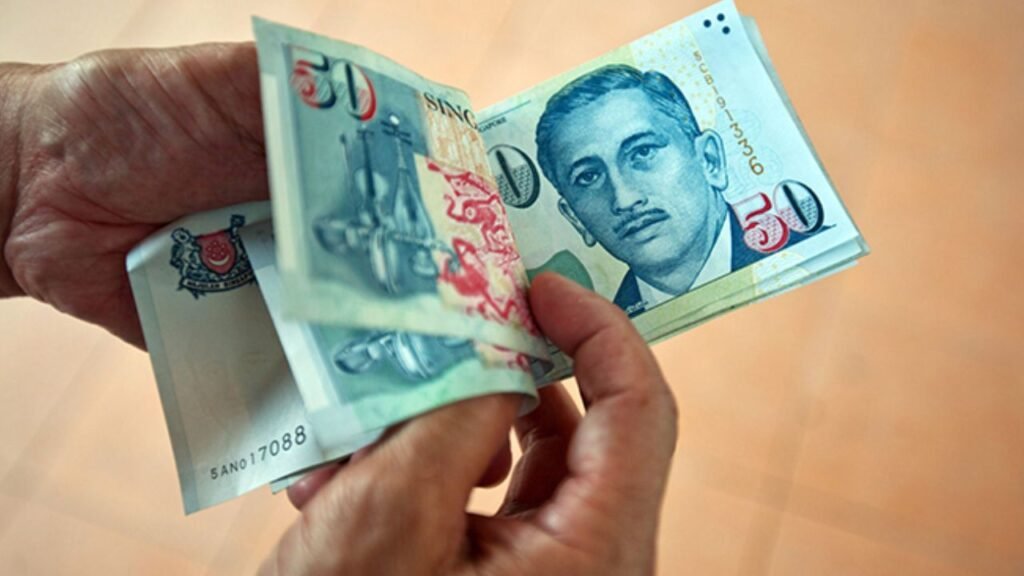In an effort to shield its citizens from the burden of soaring expenses, the Singapore government has unveiled a $600 Cost of Living Payment, designed to help residents cope with inflation and rising daily costs. This initiative falls under the broader Assurance Package and is tailored to provide support to Singaporeans aged 21 and above. Through this move, the government aims to uphold the financial stability of its people during economically uncertain times.
This financial assistance is a significant component of Singapore’s long-term approach to helping residents manage essential costs such as food, healthcare, and transportation. With a growing focus on equitable distribution, the initiative ensures that lower- and middle-income individuals receive proportionate aid based on their earnings and housing situation.
Unpacking the Purpose of the New Financial Relief Measure
The Cost of Living Payment underscores Singapore’s proactive strategy to protect its population from inflationary pressures. As living expenses climb steadily across the globe, the Singaporean government has launched this scheme to safeguard vulnerable communities, ensuring no one is left without support.
Beyond the direct cash payout, the Assurance Package also includes supplementary measures such as Medisave top-ups and CPF contributions, contributing to citizens’ retirement and healthcare savings. These combined efforts form a comprehensive support plan that balances immediate relief with long-term financial sustainability.
Eligibility Criteria: Who Will Receive the $600 Payment?

To qualify for this government disbursement, individuals must meet several key conditions. The primary requirement is age applicants must be Singapore citizens who are at least 21 years old in 2025. This broad age coverage ensures that adult citizens from various stages of life, including students, retirees, and working professionals, are considered.
Understanding the Role of Property Ownership in Eligibility
Apart from income and age, property ownership is another factor that impacts eligibility. Only citizens who own one property or none at all are entitled to receive the Cost of Living Payment. Those owning two or more properties will not be included in the disbursement, aligning with the government’s goal to target assistance toward those with fewer financial assets.
This ensures that funds are channelled to residents who genuinely need them, while preventing over-distribution to households with significant property-based wealth. It reflects the government’s intent to use financial data responsibly to support those who require help the most.
How to Verify Your Eligibility and Access Payment Information
Citizens can check their eligibility by visiting the official GovBenefits website. By logging in via Singpass, users can view details of their entitlements, track payment progress, and find out the specific amount they are slated to receive.
It is crucial for citizens to confirm their payment details and ensure that their banking or PayNow information is up to date. This helps avoid potential delays and ensures a seamless transaction when the funds are disbursed.
Key Disbursement Dates and Payment Channels
Singaporeans who have linked their NRIC to PayNow by November 23, 2024, will receive their payouts directly to their bank accounts on December 5, 2024. Those who have not set up PayNow will receive payments via Giro starting December 16, 2024. GovCash serves as a backup method for individuals without bank accounts or electronic payment arrangements.
The government has provided multiple channels to make the process inclusive, ensuring that even those with limited access to digital banking can collect their benefits without hassle. Citizens are encouraged to act early and confirm their preferred method of payment to receive the funds without disruption.
A Real-Life Scenario: Payment Distribution in Action
To better illustrate the impact of the scheme, consider a hypothetical case: Sarah, a 26-year-old citizen earning S$25,000 annually, and owning a single property, qualifies for the S$300 payout. By ensuring her NRIC is linked to PayNow, Sarah will receive her benefit directly on December 5, 2024. Meanwhile, another citizen, John, who earns S$18,000 a year, is eligible for a S$400 payout showing that the amount scales fairly based on income.
This adaptive payment structure helps prioritize support for those most affected by economic strains, reaffirming the fairness built into the system.
Complementary Measures Supporting the Assurance Package
The $600 payout is not the only form of assistance available. As part of the broader Assurance Package, the government is also offering GST Vouchers, Medisave top-ups, and budget relief schemes to offset financial pressures. These measures collectively contribute to reducing the cost burden on households and building resilience against global economic fluctuations.
Singapore’s commitment to strengthening its social safety net is evident in the breadth of its offerings, which are tailored to meet immediate needs while also preparing citizens for long-term financial health.
Tackling Inflation Head-On: Government’s Strategy for the Future
The rising cost of living in Singapore, influenced by global market volatility, higher housing prices, and increased transportation fees, has prompted the government to adopt a responsive and citizen-focused approach. With the COVID-19 pandemic leaving lasting economic ripples, these payouts reflect an ongoing dedication to economic inclusivity.
As digital payment systems like PayNow gain traction, future disbursements are expected to become even more efficient and accessible. The government remains committed to evaluating the economic landscape and responding with targeted, timely initiatives that safeguard the well-being of its people.

